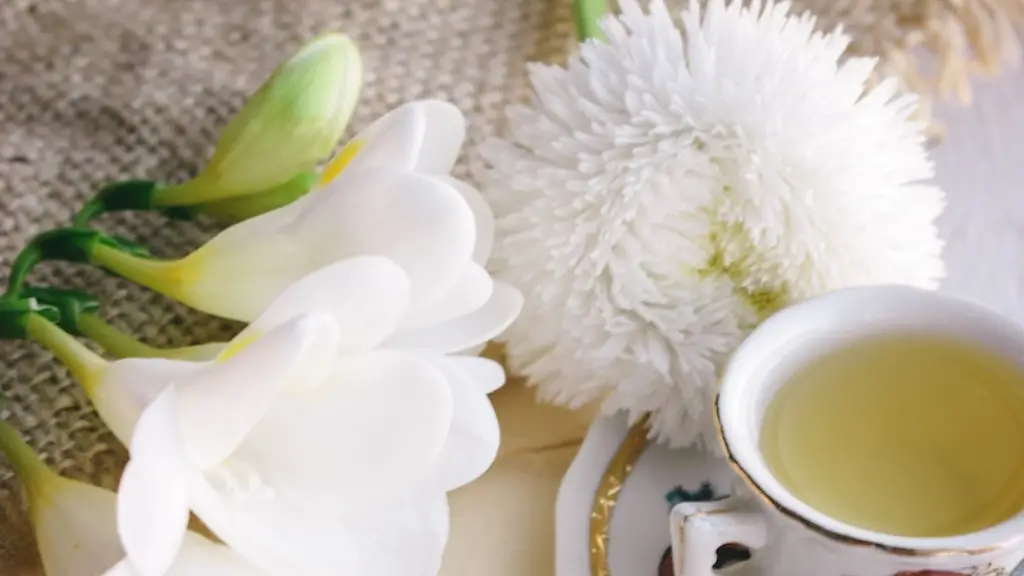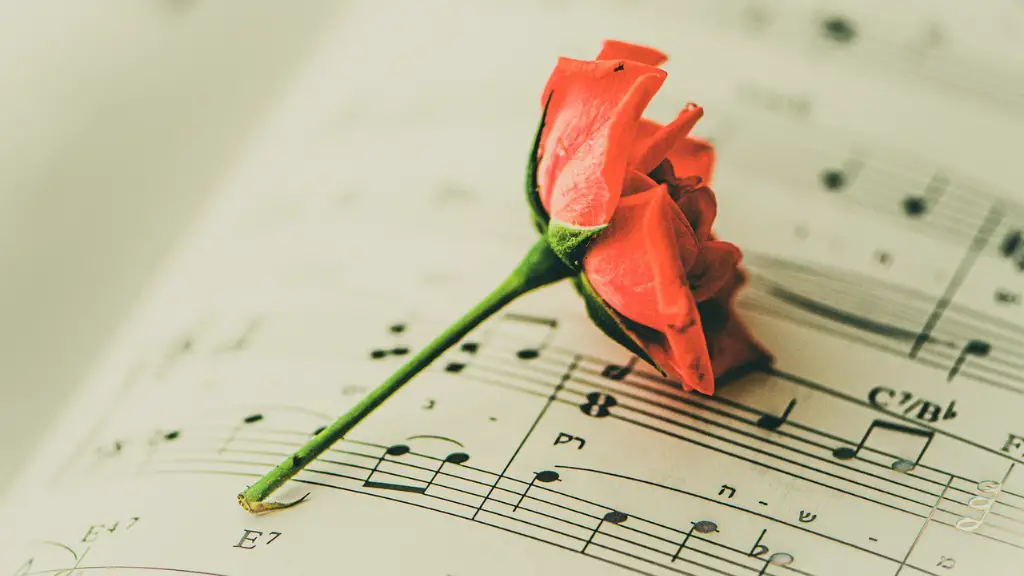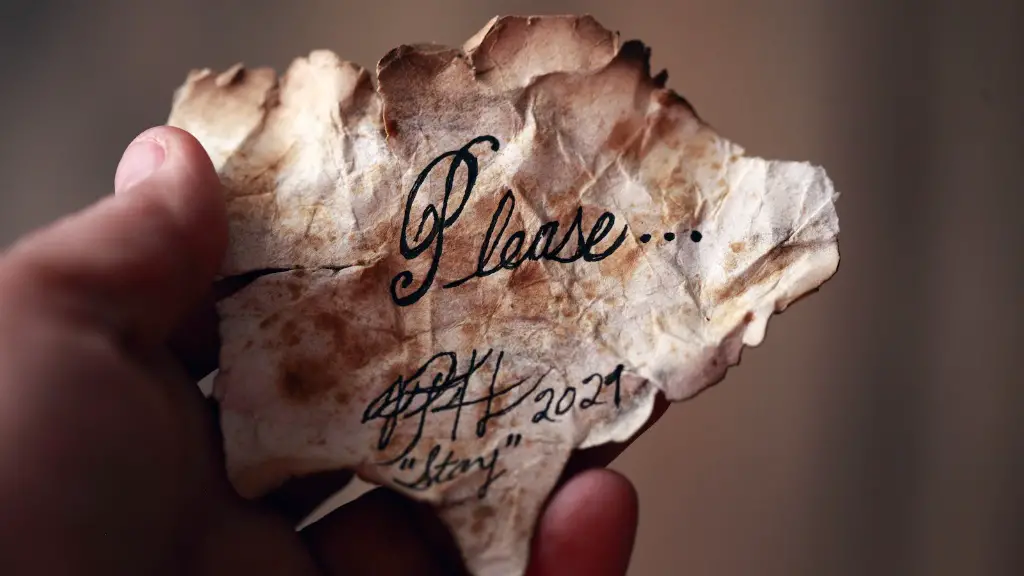Rhythm
Lyric poetry is given its musical nature primarily by the rhythm created in its verses. A poem typically follows a meter, which is a pattern of stressed and unstressed syllables according to a specific set of rules. This form of high-flown rhythmical style requires poets to observe meter and rhyme where words should be evenly-paired off to match in sound, end with the same syllable, or with a repeating sound. With these constraints, the poet is able to give the poem a roller coaster of variable smoothness and balance, helped by a shared topic of conversation.
It may seem strange that such a limiting style creates an aesthetic given free-form poetry is so often romanticised, however it is through this reductive format that a poem is given its musical nature. As musical practices have changed, so have the rules of lyric poetry. Metrical forms have changed through time to capture modes of language, and this has been mirrored in the musical styles that have come and gone with them.
Context
The context of the poem greatly contributes to its musical nature. Poems often focus on the minutiae of everyday life, infusing their surfaces with individual moments that find greater meaning through their collective structure. The context of the poem itself is of importance, as the human experience has a shared musicality that speaks to everyone, a musical nature captured through the eyes of the poet.
The musicality of lyrical poetry is often created through repetition. By repeating structures, individual moments become all the more powerful, allowing them to form part of a larger narrative that all can relate to. Through the repetition of sounds, words, and phrases, the poet creates a sense of familiarity that can be unsettling and surreal, yet captivatingly beautiful.
Form
Form is a meaningful way to create musicality in poetry. While stories, novels and plays have the benefit of being able to move through a range of characters, points of view and incidents, lyrics are confined to a single voice, relying on its own integrity to add interest and emotion. The power and personal nature of this form allows poets to express feeling through the form itself and within their words, such as when they string words together to take flight. Poets spend much time refining the structure of their poems to create their own melody, often combining both the meaning and sound of the words to craft a poem that resonates with the reader and listener.
Imagery
The imagery created in lyric poetry is often of great significance in terms of its musicality. Through the use of symbols, metaphors, and abstractions, the poet is able to create powerful imagery that helps to convey emotion, mood, and atmosphere. For example, when poets draw from nature in their imagery such as birds, flowers, and clouds, they bring to life their poetic images and allow these to act as a means of expressing the thematic content contained within the poem. Poets can, then, fill these images with layers of meaning and induce the reader to become immersed in the world of their words.
Vocabulary
The vocabulary found in lyric poems also plays an important role in its musicality. By employing various words and phrases that evoke emotion, lyric poets can conjure up an atmosphere that is both personal and universal. Furthermore, poets can choose certain words to highlight certain ideas and themes, as well as determining how to use them. For example, by using words that are associated with other words, a poet can easily create new images within their lines, building on the imagery and adding complexity to a poem. Similarly, through their choice of words, poets are able to express their feelings and thoughts in more powerful ways.
Flow
The flow of a lyric poem also contributes to its musicality. Through the careful crafting of sentences, poets are able to create a rhythm within their work that helps to carry a poem along, allowing it to be read aloud without losing its emotional value. Poets are also able to use language to create the illusion of a stream of thought, in which the reader can become lost and absorbed in the words that the poet has crafted. The flow of the poem is of utmost importance to the musicality of the poem, determining how it will be read and interpreted.
Influence
The influence of other mediums of music can also be seen in the musicality of lyric poetry. Poets are often inspired by traditional music, such as folk and blues music, which make use of call-response and shared vocal refrains that serve to add to the effect of the poem. Similarly, poets often draw from classical music and the structures it employs in order to add more complexity to their work; the melodic structure found in classical music is often mirrored in lyrics, helping to further the form of the poem itself.
Images
Images have long been used by poets to create musicality in their work. Through imagery, the reader can be taken on a journey that evokes feeling and emotion, allowing the words to become more vivid and powerful. Powerful images in lyric poetry often serve to encapsulate a particular idea or sentiment, allowing these to be framed in the readers’ mind. Furthermore, imagery helps to paint a picture for the reader that is more tangible, allowing them to become immersed in the words of the poem.
Constructs
Constructs can serve as powerful tools in the musicality of lyric poetry. By using constructs, the poet is able to take a concept and develop it further, often using repetition and symbols to embed it into the poem. Constructs also allow poets to create a structure that ties the poem together and serves to drive their ideas home. Constructs can also act as a means of delivering a particular message, as well as helping to evoke powerful emotions within the reader.
Personification
Personification is a powerful device used in lyric poetry to create musicality. By assigning certain traits and behaviour to objects, the poet places a greater emphasis on their words and images. The use of personification allows the poet to bring to life objects and events, allowing readers to step into the shoes of another and see the story from their perspective. Through personification, poets can add a greater degree of depth to their words, allowing them to explore the themes that are often at the heart of the poem.
Metaphors
Metaphors also play an important role in the musicality of lyric poetry. By using comparisons and associations, poets can bring to life their words as well as adding to their imagery. Through metaphors, poets are able to give their words greater meaning and resonance, allowing their ideas to resonate with the reader. By creating metaphors that are both familiar and new, poets are able to evoke a greater degree of emotion and provide a heightened level of interest that can help to engage readers.
Rhymes
Rhymes have traditionally been used by poets to create musicality in their work. By using rhymes – or end-of-line echoes – poets are able to help to reinforce ideas, emphasising certain points as well as bringing closure to a line or stanza. Rhymes, when used effectively, are able to draw out emotion and can lend a poetic flavour to a poem that would otherwise be less effective. Furthermore, rhymes can create a sense of unity and flow between lines that serves to drive the poem further, helping to bring its message home.



